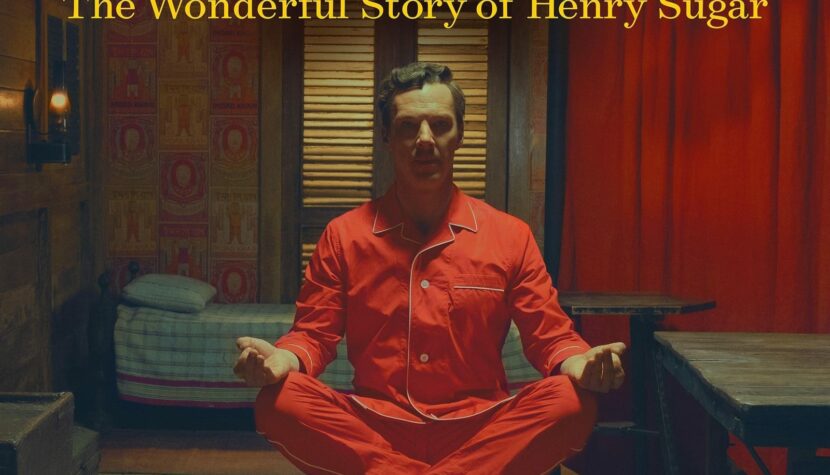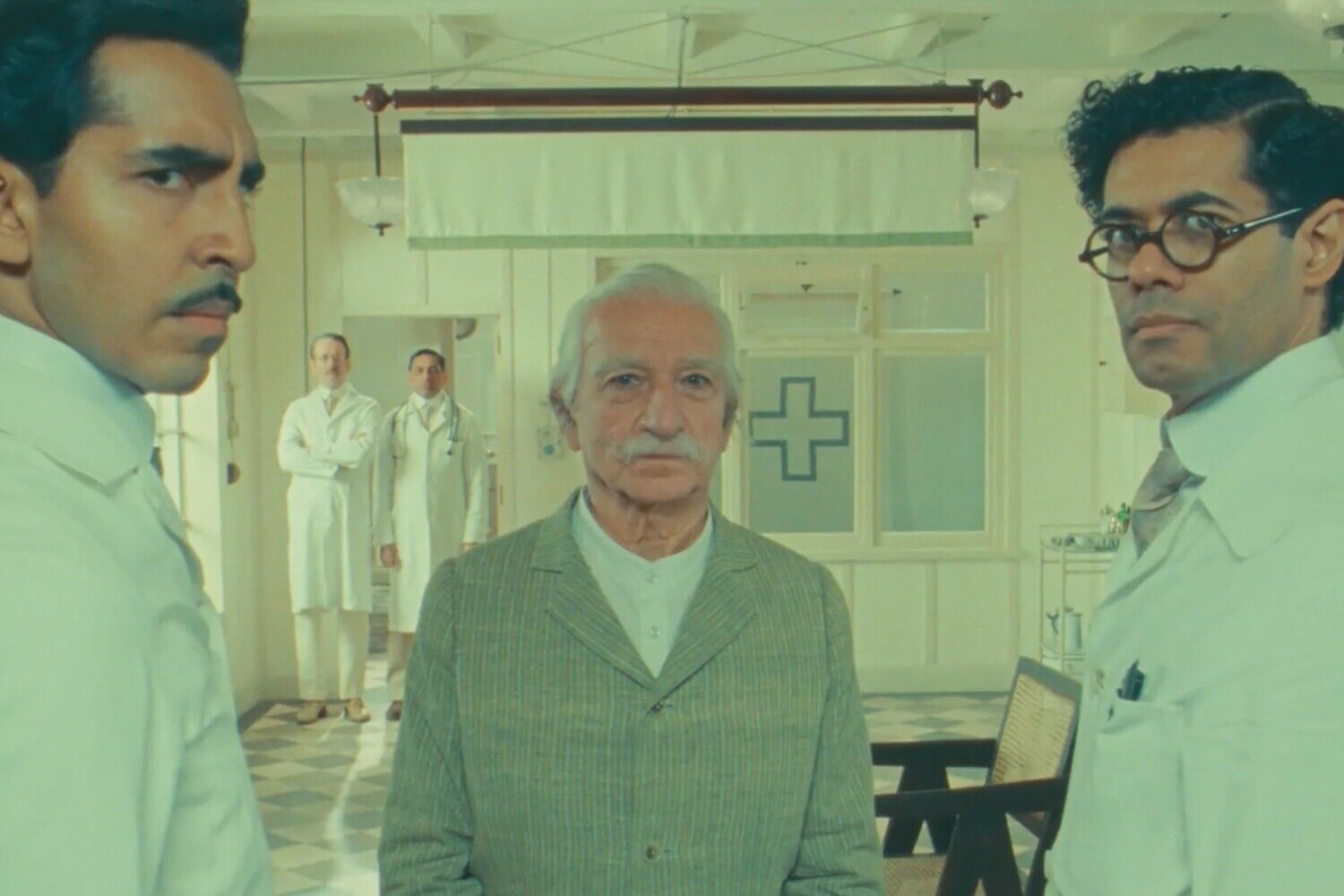THE WONDERFUL STORY OF HENRY SUGAR. Wes Anderson in an astonishing cinematic form

The Wonderful Story of Henry Sugar, which had its world premiere at this year’s 80th Venice Film Festival, is the first in a series of four short films by Wes Anderson made for Netflix based on Roald Dahl’s stories. The subsequent titles in the series, released day by day on the platform, are: The Swan, The Ratcatcher, and Poison.
This is by no means the first time the director has delved into the works of the British writer – after all, in 2009, through stop-motion animation, he brought Fantastic Mr. Fox to the screen. Reportedly, when Felicity Dahl, taking advantage of the opportunity, asked Anderson if he would be interested in adapting another of her late husband’s works, he immediately thought of The Wonderful Story of Henry Sugar. However, he struggled with how to do it without capturing the original story too closely. Ultimately, he came to the realization that he was just as interested in the plot itself as in the way Dahl conveyed it. This turned out to be a breakthrough moment that resulted in a rather unique film format. Breaking the fourth wall, a technique Anderson often uses in his work, is taken to a completely new level this time. The entire story is not so much acted out as it is literally read by the characters who appear on the screen (almost constantly staring directly into the camera). Among these characters are Imdad Khan (Ben Kingsley) – an elderly man who claims to see without eyes; Doctor Chatterjee (Dev Patel) – a surgeon at a hospital in Kolkata who begins to investigate Imdad’s case; the titular Henry Sugar (Benedict Cumberbatch) – a wealthy man who, after hearing Imdad’s story, decides to master the art of seeing without eyes in order to make an even greater fortune, becoming obsessed with gambling; and the author of the story himself, Roald Dahl (Ralph Fiennes).

As suggested by the aforementioned names, the cast is truly select and very characteristic of the work of the American director. Moreover, there is no shortage of other key elements of his film style; in fact, there’s even more Anderson in The Wonderful Story of Henry Sugar than usual. The film is a concentrated dose of his distinctive style. The box composition, self-referentiality, symmetry, frontality, multi-planed shots, and an incredibly cohesive color palette – do not be fooled by the short runtime of The Wonderful Story of Henry Sugar, you’ll find everything you expect from Anderson in it. Every frame is meticulously crafted, and the harmony in terms of set design (led by Wes’s frequent collaborator, Adam Stockhausen) and costumes (designed by Kasia Walicka-Maimone, of Polish descent, whom the director met a decade earlier on the set of Moonrise Kingdom) leaves nothing to be desired. What else would you expect from something bearing Anderson’s name, who is undoubtedly one of the most consciously and consistently stylistic contemporary filmmakers?

Wes Anderson in The Wonderful Story of Henry Sugar creates a cinematic form that blurs the lines between television theater and actor performance, thereby proving that he is open to new challenges. At the same time, he remains faithful to what his dedicated audience expects from his work, serving up a magnificent visual feast and his trademark perfectionism. The director’s return to short films – which he values highly, as he emphasizes – after several years of hiatus can certainly be seen as a breath of fresh air in his career (which, I believe, is much needed for a certain portion of the audience) and is definitely worth paying attention to. There’s nothing left to do but turn on Netflix and get ready for a cinematic marathon with Wes Anderson and Roald Dahl!

